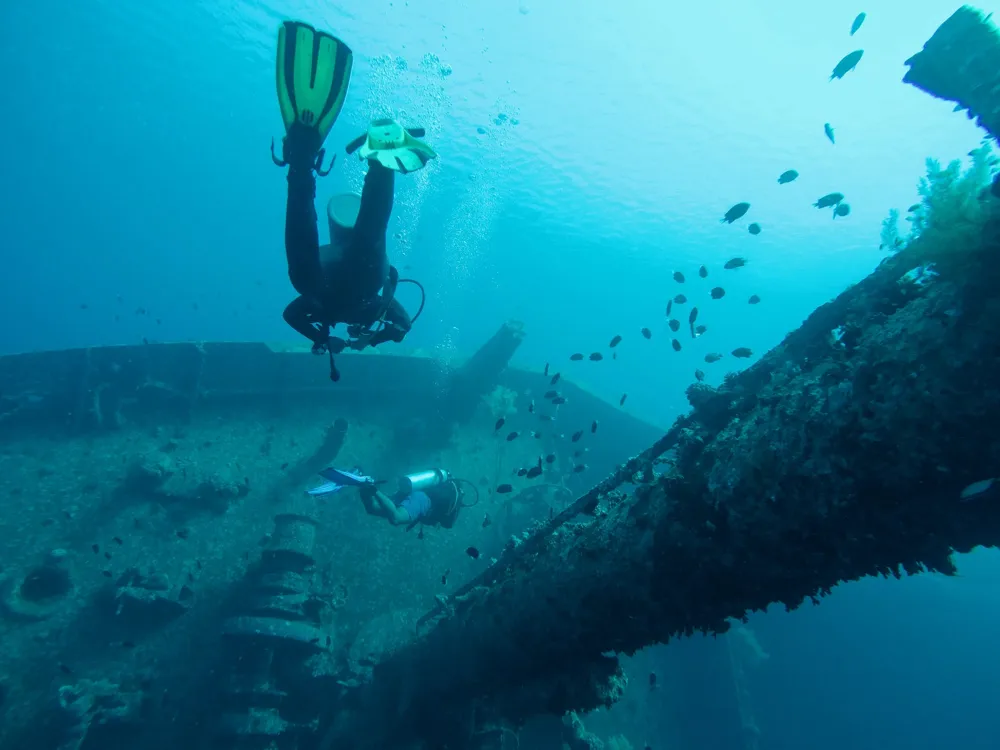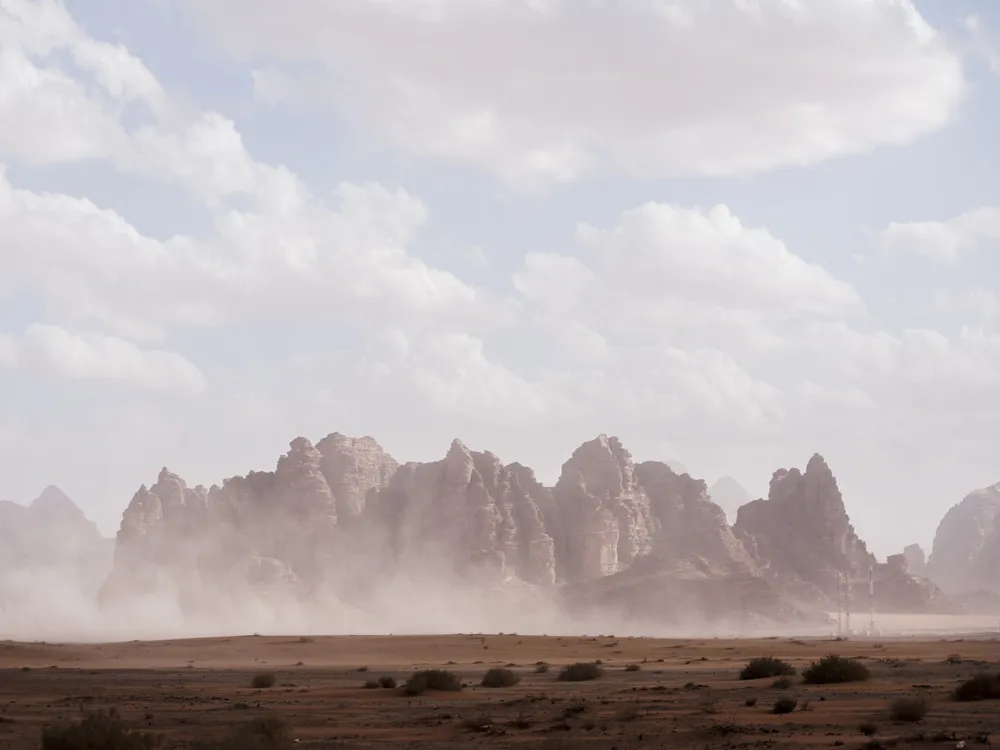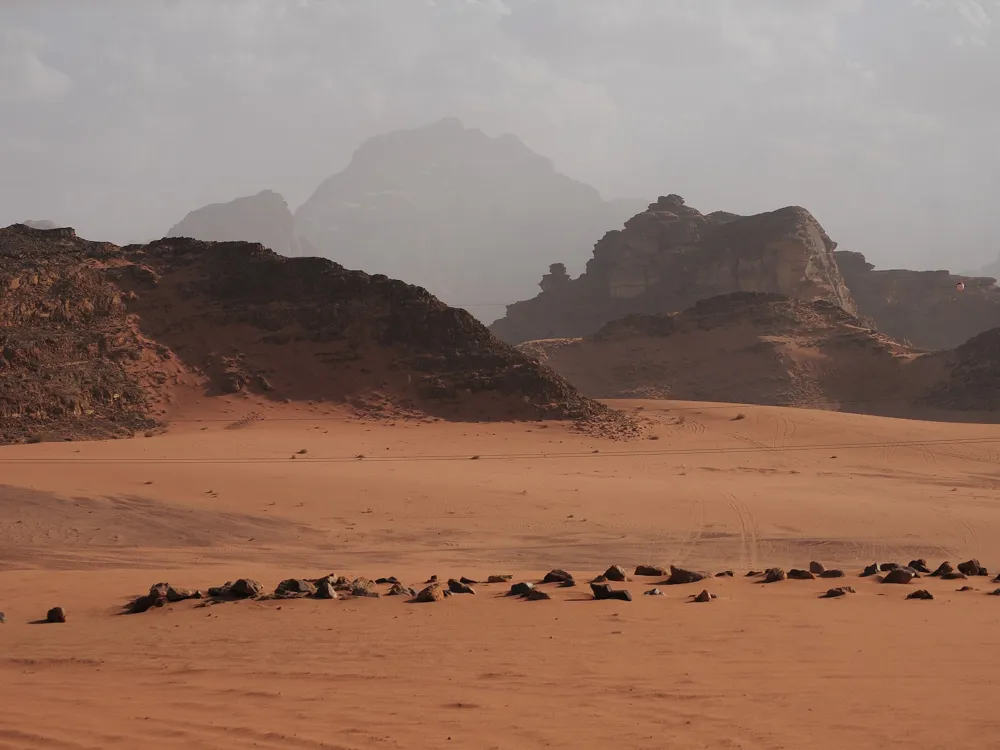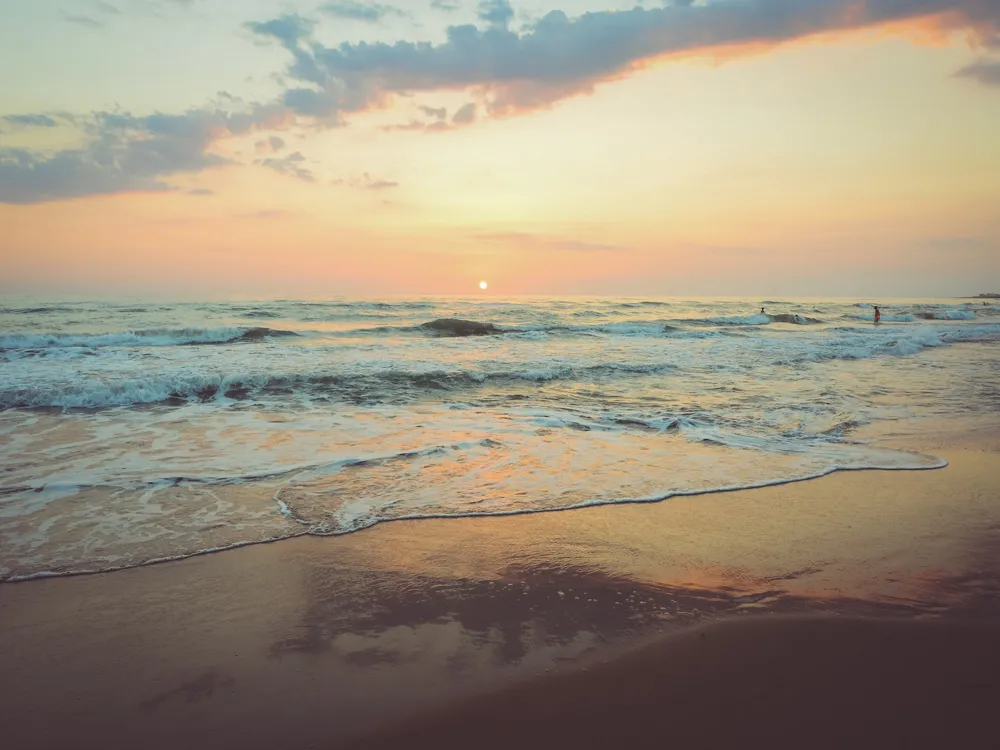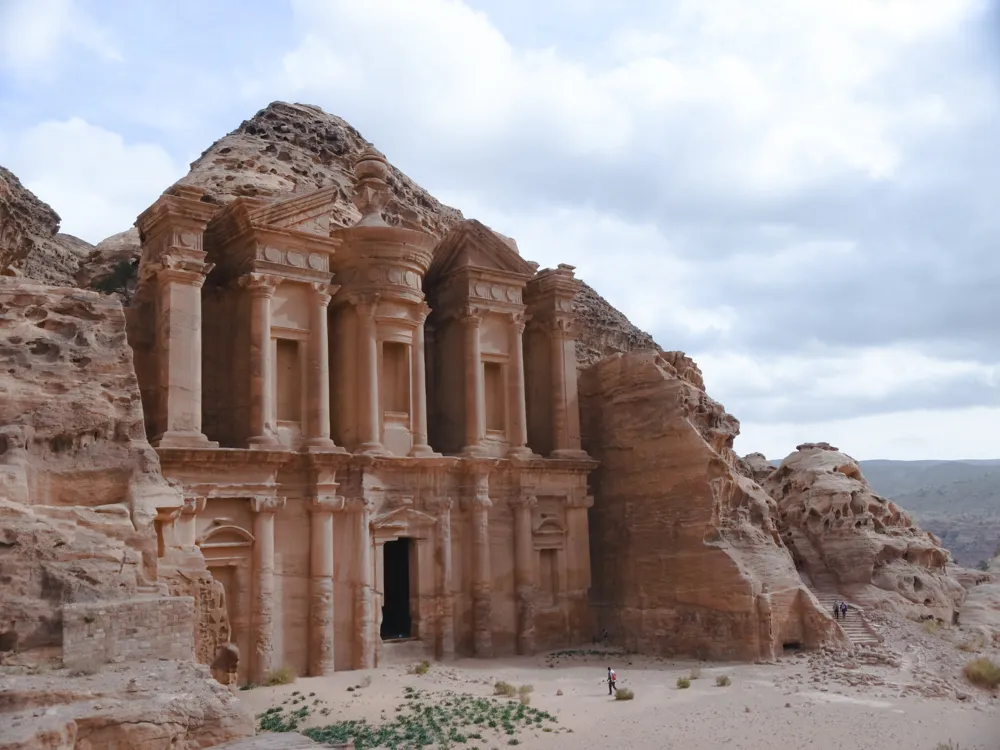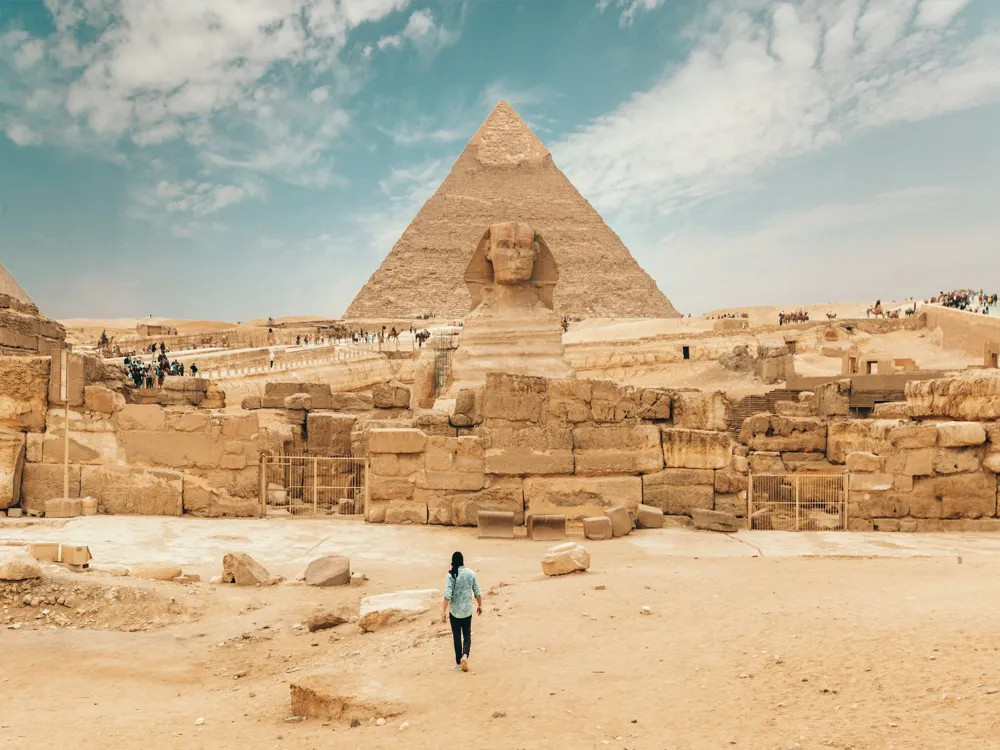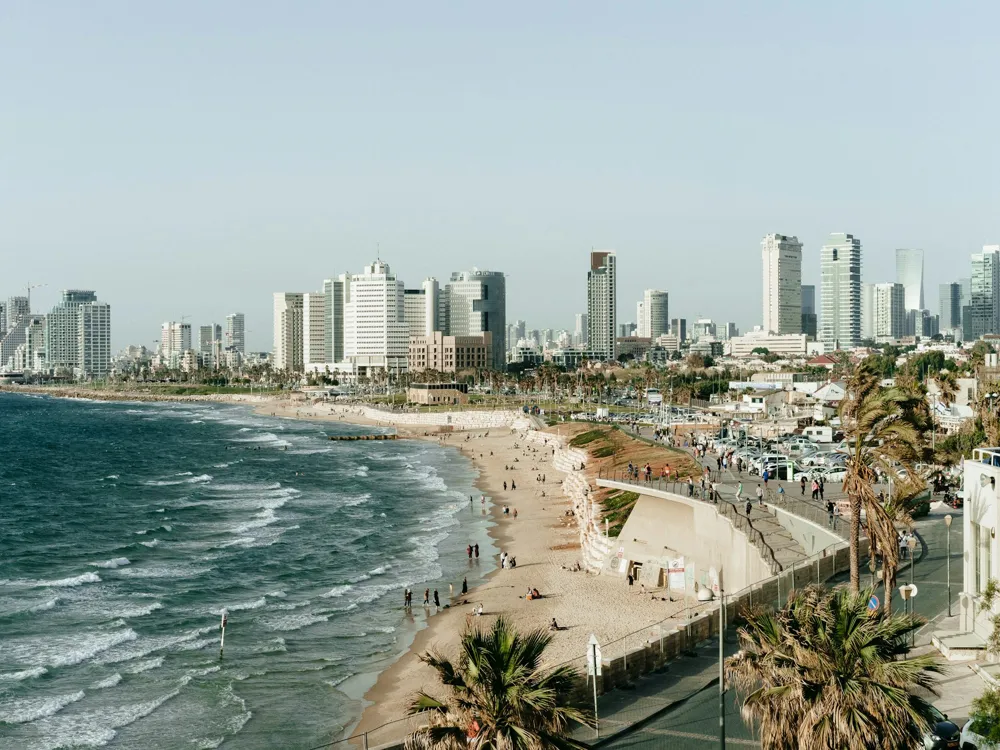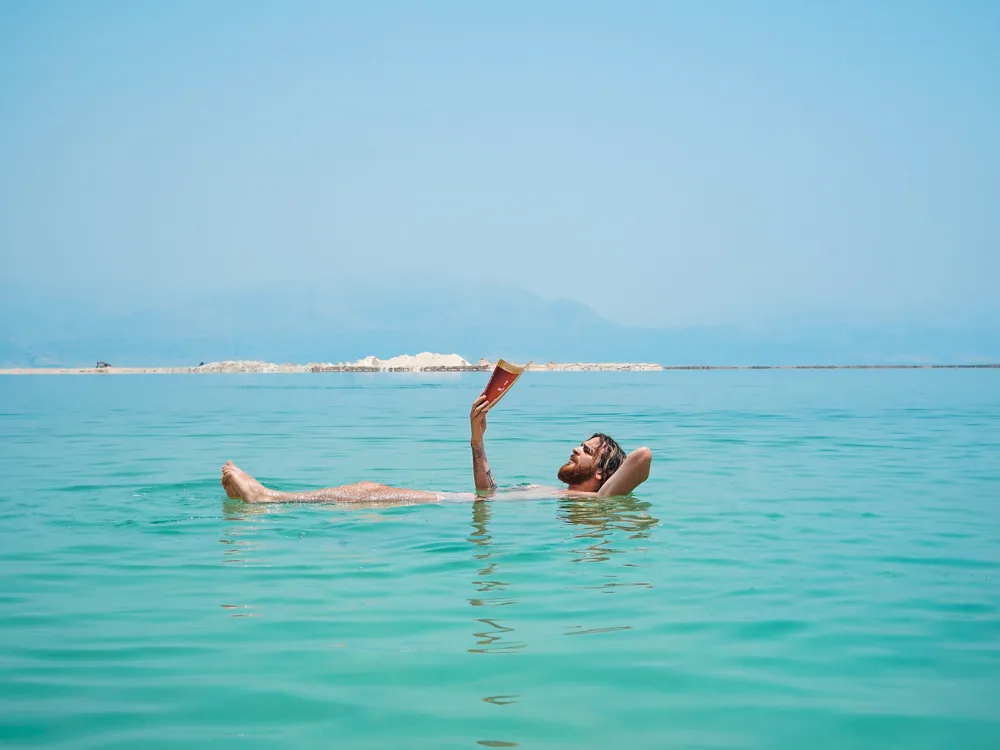The Red Sea of Aqaba, a jewel in the heart of the Middle East, is renowned for its spectacular scuba diving experiences. This underwater paradise, nestled between Asia and Africa, is a mecca for divers from all over the world. With its crystal-clear waters, vibrant coral reefs, and a plethora of marine life, the Red Sea offers an unforgettable diving adventure. The unique geographical position of the Red Sea contributes to its rich biodiversity, making it a prime spot for scuba diving. Diving in the Red Sea of Aqaba is not just about the colorful coral and marine life; it's a journey into an underwater world filled with history and mystery. The Red Sea has been a critical trade route for centuries, leaving behind an array of sunken treasures, including ancient shipwrecks that have become habitats for marine life. This blend of natural beauty and historical significance creates a diving experience that is both thrilling and enlightening. The underwater landscape of the Red Sea is characterized by its stunning coral gardens, dramatic wall dives, and serene sandy bottoms. Divers can explore a variety of dive sites, each offering a unique glimpse into the aquatic world. From shallow reefs perfect for beginners to deep wrecks and drop-offs for the more adventurous, there is something for every level of diver in the Red Sea of Aqaba. The marine life in the Red Sea is as diverse as it is abundant. Home to over 1,200 species of fish, of which around 10% are endemic, the Red Sea is a biodiverse hotspot. Divers can expect to encounter everything from small, colorful reef fish to larger pelagic species. Regular sightings include butterflyfish, angelfish, moray eels, and the occasional dolphin or shark. The Red Sea is also home to several species of turtles, which can often be seen gracefully gliding through the water. One of the most compelling reasons to dive in the Red Sea is the excellent visibility, often exceeding 30 meters. This clarity not only enhances the beauty of the underwater scenery but also makes it an ideal location for underwater photography. The water temperature is another drawcard, remaining warm throughout the year, thus providing comfortable diving conditions. Overall, scuba diving in the Red Sea of Aqaba is an extraordinary experience that combines natural beauty, rich marine life, and historical intrigue. Whether you're a novice diver or a seasoned pro, the Red Sea offers an underwater adventure that is both challenging and rewarding. The architecture of scuba diving in the Red Sea is a testament to the region's commitment to preserving its marine environment while providing an outstanding experience for divers. This commitment is evident in the carefully managed dive sites, the sustainable practices of local dive operators, and the ongoing research and conservation efforts. Dive sites in the Red Sea are meticulously planned and managed to ensure the safety of divers and the protection of the marine ecosystem. Many of these sites are marked with buoys to guide divers and prevent damage to the coral reefs from anchors. The management of these sites also involves regulating the number of divers and boats allowed in an area at any given time, thus minimizing human impact on the fragile underwater environment. Local dive operators in the Red Sea play a crucial role in the architecture of scuba diving. These operators not only provide essential services like equipment rental and guided tours but also engage in sustainable practices. This includes using eco-friendly boats, implementing a 'no touch' policy on dives to protect marine life, and participating in beach and underwater clean-up campaigns. Research and conservation are integral to the architecture of scuba diving in the Red Sea. Numerous organizations and research institutions are involved in studying the marine life and ecosystems of the Red Sea. These studies help in understanding the impacts of climate change, pollution, and human activities on the marine environment. Conservation efforts include coral reef restoration projects, species protection initiatives, and environmental education programs for both locals and visitors. The architecture of scuba diving in the Red Sea is a harmonious blend of environmental stewardship, community involvement, and sustainable tourism. This approach ensures that the stunning underwater world of the Red Sea can be enjoyed by future generations of divers while maintaining its ecological integrity. Select a reputable dive operator who prioritizes safety and environmental sustainability. Look for operators with positive reviews and certifications from recognized diving associations. Ensure that all dive equipment is in good condition. If renting, inspect the gear thoroughly and don’t hesitate to ask for replacements if something seems worn out or malfunctioning. Observe marine life without touching or disturbing them. Maintain a safe distance from coral reefs and marine animals to protect both yourself and the ecosystem. Familiarize yourself with local diving regulations and guidelines. Adhering to these rules is crucial for your safety and the preservation of the marine environment. The Red Sea region can be very hot and sunny. Stay hydrated and use sun protection, including sunscreen and protective clothing, to avoid sunburn and heatstroke. Reaching the scuba diving sites in the Red Sea of Aqaba is relatively straightforward, with various options available to suit different preferences and budgets. The primary gateway to the Red Sea’s diving spots is through the city of Aqaba, accessible by air, land, and sea. By Air: The King Hussein International Airport in Aqaba is well-connected with several regional and international airports. Upon arrival, visitors can take a taxi or arrange a shuttle service to reach the coastal areas where dive operators are located. By Land: Visitors can also drive or take a bus to Aqaba from other cities in Jordan or neighboring countries. The roads are well-maintained and offer scenic views of the desert landscape. By Sea: For those coming from Egypt, there are ferry services available from Nuweiba to Aqaba. The journey across the Gulf of Aqaba offers stunning views and is an adventure in itself. Once in Aqaba, there are numerous dive operators and resorts that offer diving trips to the various sites in the Red Sea. These operators typically provide transportation from Aqaba to the dive sites. In conclusion, reaching the scuba diving sites in the Red Sea is convenient and offers an opportunity to explore the diverse landscapes and cultures of the region. Read More:Overview of Scuba Diving in the Red Sea of Aqaba
Architecture of Scuba Diving in the Red Sea
Tips When Visiting Scuba Diving in the Red Sea
Choose the Right Dive Operator
Check Dive Equipment
Respect Marine Life
Be Aware of Local Regulations
Stay Hydrated and Protected from the Sun
How To Reach Scuba Diving in the Red Sea
Scuba Diving in Red Sea
Aqaba
₹ 71,000 onwards
View aqaba Packages
Weather :
Tags : Diving & Snorkelling
Entry Fee : JD 250 - 300
Planning a Trip? Ask Your Question
Aqaba Travel Packages
View All Packages For Aqaba
Top Hotel Collections for Aqaba

Private Pool

Luxury Hotels

5-Star Hotels

Pet Friendly
Top Hotels Near Aqaba
Other Top Ranking Places In Aqaba
View All Places To Visit In aqaba
Faq on Aqaba
What is the best time of year for scuba diving in the Red Sea Aqaba?
The best time for scuba diving in the Red Sea Aqaba is typically from April to November when the water is warm and visibility is excellent.
What are the must-see dive sites in Aqaba?
Some of the must-see dive sites in Aqaba include the Cedar Pride wreck, the Japanese Garden, and the Aquarium.
Are there any restrictions for diving in the Red Sea Aqaba?
Divers must have a valid diving certification and adhere to local regulations. Some dive sites may have specific restrictions or requirements.
What kind of marine life can I expect to see while diving in the Red Sea Aqaba?
The Red Sea Aqaba is known for its diverse marine life, including colorful coral reefs, reef sharks, turtles, dolphins, and a variety of tropical fish species.
Is scuba diving suitable for beginners in the Red Sea Aqaba?
Yes, there are dive sites suitable for beginners in Aqaba, and many dive shops offer introductory dive courses for those who are new to scuba diving.
View aqaba Packages
Weather :
Tags : Diving & Snorkelling
Entry Fee : JD 250 - 300
Planning a Trip? Ask Your Question
Aqaba Travel Packages
View All Packages For Aqaba
Top Hotel Collections for Aqaba

Private Pool

Luxury Hotels

5-Star Hotels

Pet Friendly
Top Hotels Near Aqaba
Other Top Ranking Places In Aqaba
Faq on Aqaba
What is the best time of year for scuba diving in the Red Sea Aqaba?
The best time for scuba diving in the Red Sea Aqaba is typically from April to November when the water is warm and visibility is excellent.
What are the must-see dive sites in Aqaba?
Some of the must-see dive sites in Aqaba include the Cedar Pride wreck, the Japanese Garden, and the Aquarium.
Are there any restrictions for diving in the Red Sea Aqaba?
Divers must have a valid diving certification and adhere to local regulations. Some dive sites may have specific restrictions or requirements.
What kind of marine life can I expect to see while diving in the Red Sea Aqaba?
The Red Sea Aqaba is known for its diverse marine life, including colorful coral reefs, reef sharks, turtles, dolphins, and a variety of tropical fish species.
Is scuba diving suitable for beginners in the Red Sea Aqaba?
Yes, there are dive sites suitable for beginners in Aqaba, and many dive shops offer introductory dive courses for those who are new to scuba diving.







